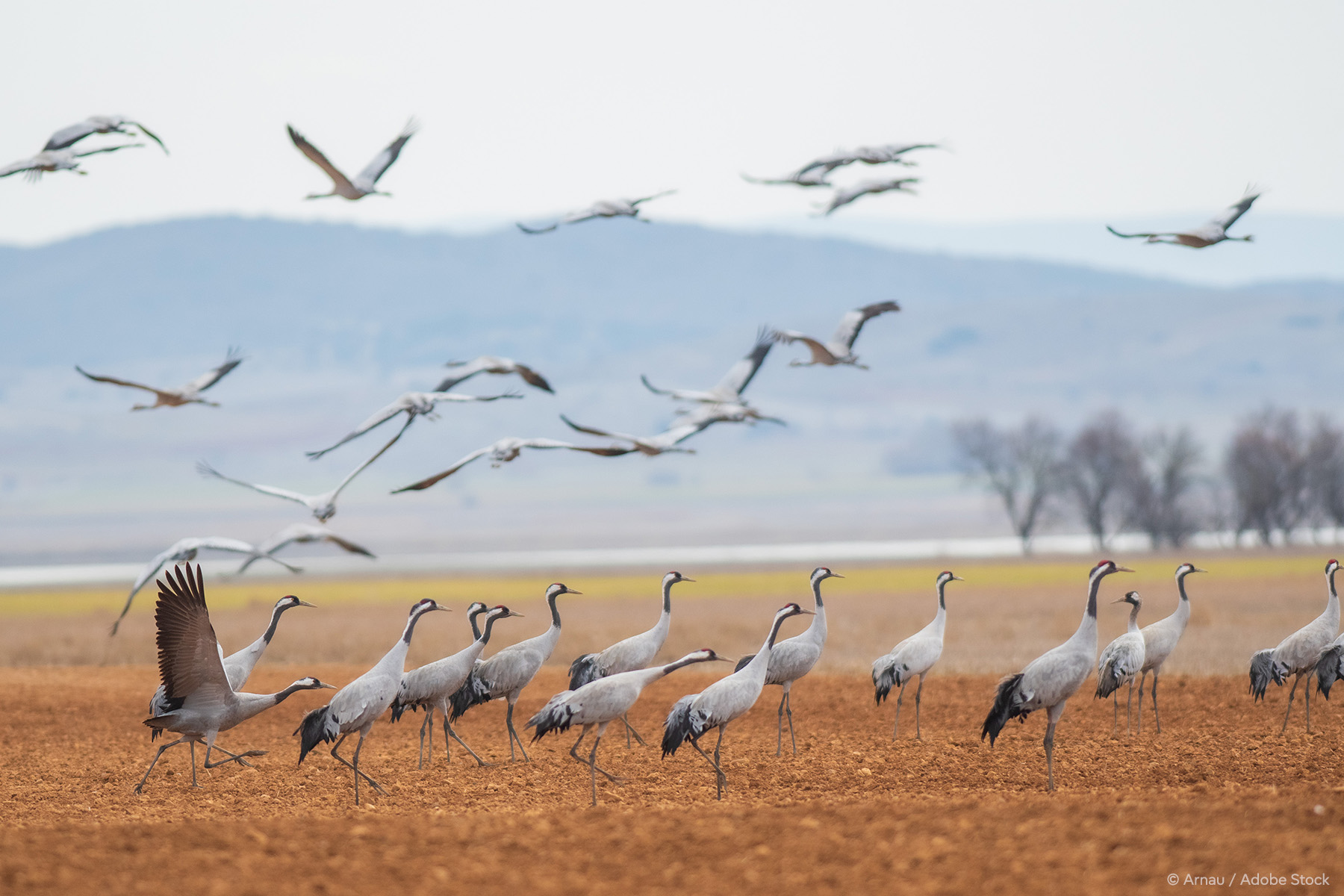The new law sets an ambitious target for the European Union: to restore at least 20% of land and sea areas to life by 2030, and to complete the restoration of all ecosystems that require attention by 2050.
Europe on the road to recovery: New EU law transforms ecosystems and strengthens food security
The EU Nature Restoration Act, agreed with Member States, aims to restore degraded ecosystems across the EU on a large scale. This ambitious law aims not only to achieve the EU’s climate and biodiversity targets, but also to strengthen food security, creating a sustainable foundation for future generations.
According to the new legislation, Member States must restore at least 30% of affected areas, including forests, grassland ecosystems, wetlands, rivers, lakes and coral reefs, to good condition by 2030. This figure should increase to 60% by 2040 and reach 90% by 2050. An important aspect is the priority attention to Natura 2000 areas, which must be restored and preserved at the proper level.

The law includes a comprehensive recovery plan covering projects to restore natural habitats, improve biodiversity and the quality of water and air resources. These measures are part of a broader strategy to combat climate change and biodiversity loss, which the world faces today.
It also provides for the active participation of local communities, scientific institutions and the private sector in the restoration process, which will ensure that the objectives are met in a sustainable manner. This law represents a key step towards improving the environmental status of Europe, which will bring long-term benefits not only for nature, but also for the economy and the quality of life of citizens.
Innovations in agricultural ecosystems for sustainable development
To increase biodiversity in agricultural ecosystems, EU countries should focus on achieving significant improvements in at least two of three key criteria: the butterfly diversity index in grasslands, the proportion of agricultural land enriched by landscape elements and the level of organic carbon stocks in mineral soils of arable land.
It is also important to take steps to increase the index of common bird populations in agricultural areas, as these birds serve as a reliable indicator of the overall level of biodiversity in these ecosystems.

Since the restoration of drained peatlands is one of the most cost-effective methods of reducing emissions from agriculture, EU Member States are required to restore at least 30% of drained peatlands by 2030 (of which at least a quarter must be rewetted), 40% by 2040 and 50% by 2050 (with at least a third being required to be rewetted). Rewetting of peatlands will remain voluntary for farmers and private landowners.
The law includes an emergency waiver mechanism, as requested by Parliament, allowing for the suspension of agricultural ecosystem targets in exceptional situations. These exceptions could apply if meeting the targets would significantly reduce the land area needed to provide sufficient food for EU consumption.
The law not only envisages sustainable improvements in a range of forest ecosystem indicators, but also a major campaign to plant an additional three billion trees. Member States will also have to restore at least 25,000 km of rivers to free-flowing conditions and ensure that the total area of urban green space and tree cover remains stable, with no net loss.

